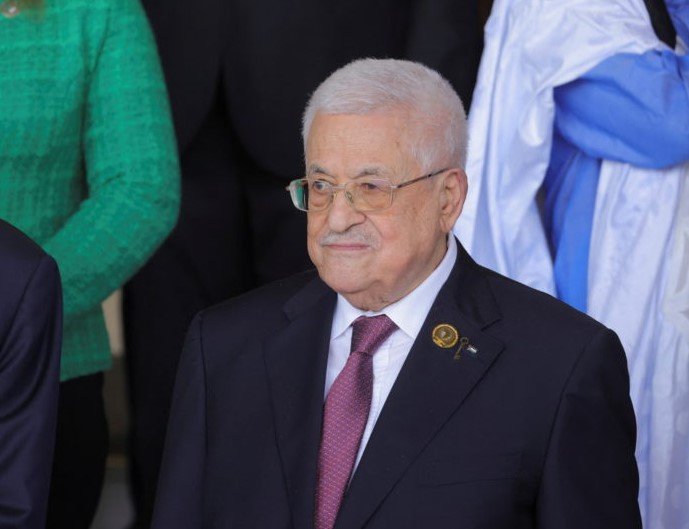Palestinian President Mahmoud Abbas has confirmed his attendance at the international Gaza peace summit in Sharm el-Sheikh, Egypt, set for October 13, 2025. The event, coordinated with the United States and Egypt, focuses on securing a lasting ceasefire in Gaza and establishing a task force involving the U.S., Qatar, Egypt, and Turkey to oversee the agreement.
This move comes amid recent hostage releases and a fragile truce between Israel and Hamas. Leaders from over 20 countries will gather to endorse broad principles of a peace plan proposed by U.S. President Donald Trump, aiming to rebuild Gaza without Hamas control.
Summit Background and Recent Developments
The summit follows months of intense negotiations mediated by Egypt, Qatar, and the U.S. Talks in Sharm el-Sheikh earlier this month led to a ceasefire announcement, with Hamas agreeing to release hostages starting October 13, 2025.
Hostage releases began in three Gaza locations early that morning, marking a key step in Trump’s 20-point plan. The plan emphasizes ending the war, allowing aid into Gaza at about 600 trucks daily, and setting up a committee of Palestinian technocrats to manage the strip.

Egyptian President Abdel Fattah el-Sisi and Trump will co-chair the event, building on prior mediation efforts. Qatar’s Prime Minister Sheikh Mohammed bin Abdulrahman Al Thani played a vital role in recent talks, highlighting the need for unhindered aid and full withdrawal of forces.
The decision for Abbas to attend was finalized after last-minute coordination, ensuring Palestinian Authority representation. This reflects growing international pressure to involve official Palestinian voices in post-war governance.
Key Leaders and Attendees
More than 20 world leaders are expected at the summit, showcasing broad global support for the peace initiative.
European leaders include British Prime Minister Keir Starmer, French President Emmanuel Macron, German Chancellor Friedrich Merz, Italian Prime Minister Giorgia Meloni, and Spanish Prime Minister Pedro Sanchez.
Turkish President Recep Tayyip Erdogan will also join, adding regional weight to the discussions. Notably, Israel and Hamas are not invited, allowing focus on broader endorsement without direct conflict parties.
U.S. delegates include advisors like Jared Kushner, emphasizing America’s central role. Arab nations such as Saudi Arabia, the UAE, and Kuwait have flags displayed at the venue, signaling their involvement.
| Country | Leader/Representative | Role in Summit |
|---|---|---|
| United States | President Donald Trump | Co-chair, leads peace plan endorsement |
| Egypt | President Abdel Fattah el-Sisi | Co-chair, hosts event |
| United Kingdom | Prime Minister Keir Starmer | Endorses ceasefire principles |
| France | President Emmanuel Macron | Supports reconstruction efforts |
| Turkey | President Recep Tayyip Erdogan | Contributes to task force discussions |
| Qatar | Prime Minister Sheikh Mohammed bin Abdulrahman Al Thani | Mediation and aid coordination |
This diverse group aims to “tee up” wider normalization, including potential Israel-Arab deals.
Main Agenda Items
The summit will address establishing a U.S.-Qatari-Egyptian-Turkish task force to secure the ceasefire. This group will monitor compliance, ensure aid delivery, and prevent rearmament in Gaza.
Another focus is the creation of a Palestinian technocrat committee to govern Gaza under the agreement. This body would handle reconstruction and daily administration, sidelining Hamas influence.
Discussions will cover rebuilding efforts, with commitments for international funding. Recent reports indicate pledges from the EU and Gulf states to support infrastructure like hospitals and schools damaged in the conflict.
Leaders will endorse Trump’s plan principles, including full ceasefire, complete withdrawal, and open aid routes. The event starts at 2:30 P.M. local time, with a signing ceremony planned.
Challenges and Potential Outcomes
Despite optimism, challenges remain. Israel has declared “victory” over Hamas but vows to maintain security measures, raising questions about long-term stability.
Hamas officials have thanked mediators but stressed the need for unhindered aid and withdrawal. Protests in Gaza and the West Bank highlight public demands for lasting peace.
Analysts predict the summit could lead to a “new era” in the Middle East, potentially paving the way for broader normalization deals. However, enforcement of the task force will be crucial to avoid breakdowns like past ceasefires.
International observers note that with hostage releases underway, the summit provides a window for progress. Failure could reignite tensions, affecting regional stability.
Global Reactions and Next Steps
Reactions have been mixed but hopeful. Posts on social media platforms show public support for the ceasefire, with many praising Trump’s involvement.
European leaders arriving in Egypt expressed commitment to ending the war. Starmer’s team stated the agreement would be signed, signaling strong backing.
Next steps include implementing the task force within weeks. Monitoring groups will track aid and security.
- Ensure at least 600 aid trucks enter Gaza daily.
- Establish technocrat governance by November 2025.
- Schedule follow-up meetings in Qatar for progress reviews.
- Secure funding for reconstruction, estimated at $20 billion.
The summit represents a pivotal moment after years of conflict.
What do you think about the summit’s potential for lasting peace? Share this article with friends and leave your comments below to join the discussion.
